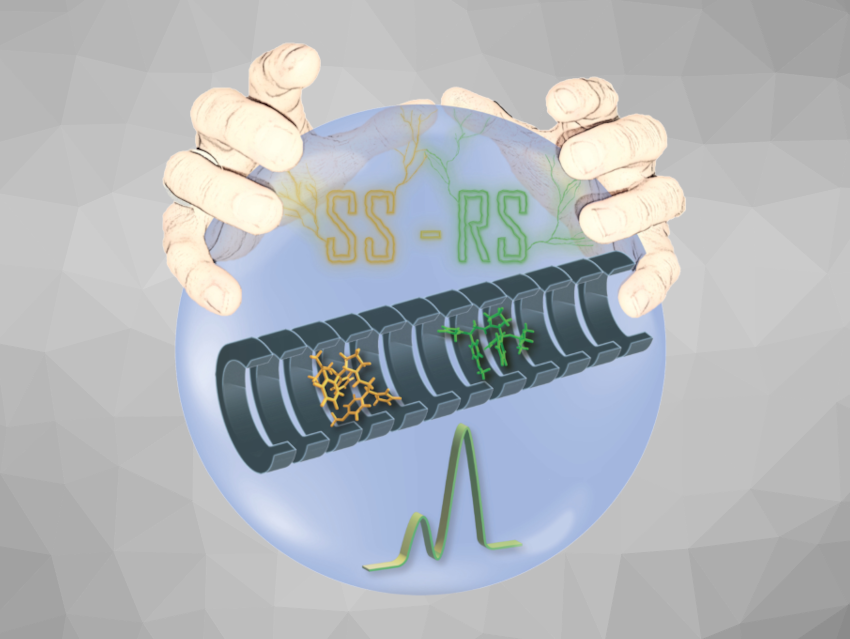In this issue, H. Sardon et al. discuss trends in organocatalyzed and other organomediated (de)polymerizations and polymer functionalizations. The Minireviews deal with the synthesis and applications of silicon-stereogenic monohydrosilane (Y. Wu, P. Wang) and azo compounds as active materials of energy-storage systems (H. Yoshikawa et al.).
A recent Research Article prompted M. D. Peeks et al. to argue in a Correspondence that the global aromaticity in six-porphyrin molecular nanorings is not negligible. E. Matito et al. reply and provide further computational evidence that many of these large molecular nanorings do not exhibit the aromaticity/antiaromaticity that was attributed to them. In a Viewpoint Article, E. Perignat and F. F. Fleming explain how sunk-cost bias can inflate optimism in a research project that is due for termination.
In the original research section, J. Qu et al. demonstrate in operando visualization and dynamic manipulation of electrochemical processes at the electrode–solution interface. G. Yu et al. present polyzwitterionic hydrogels for highly efficient high-salinity solar desalination. J. Roithová et al. monitored reaction intermediates to predict enantioselectivity by means of mass spectrometry (see picture). S.-F. Zhu et al. describe a highly regioselective cobalt-catalyzed hydroboration of internal alkynes.
- Angewandte Chemie 36/2022: Organic Trends,
Angew. Chem. Int. Ed. 2022, 61 (36).




